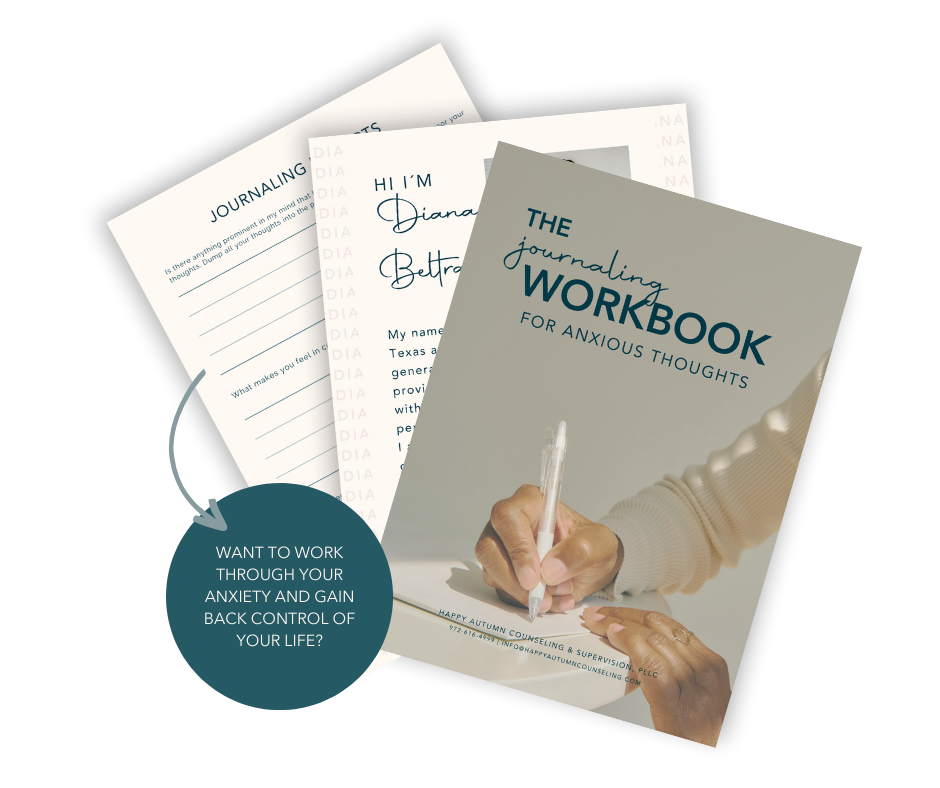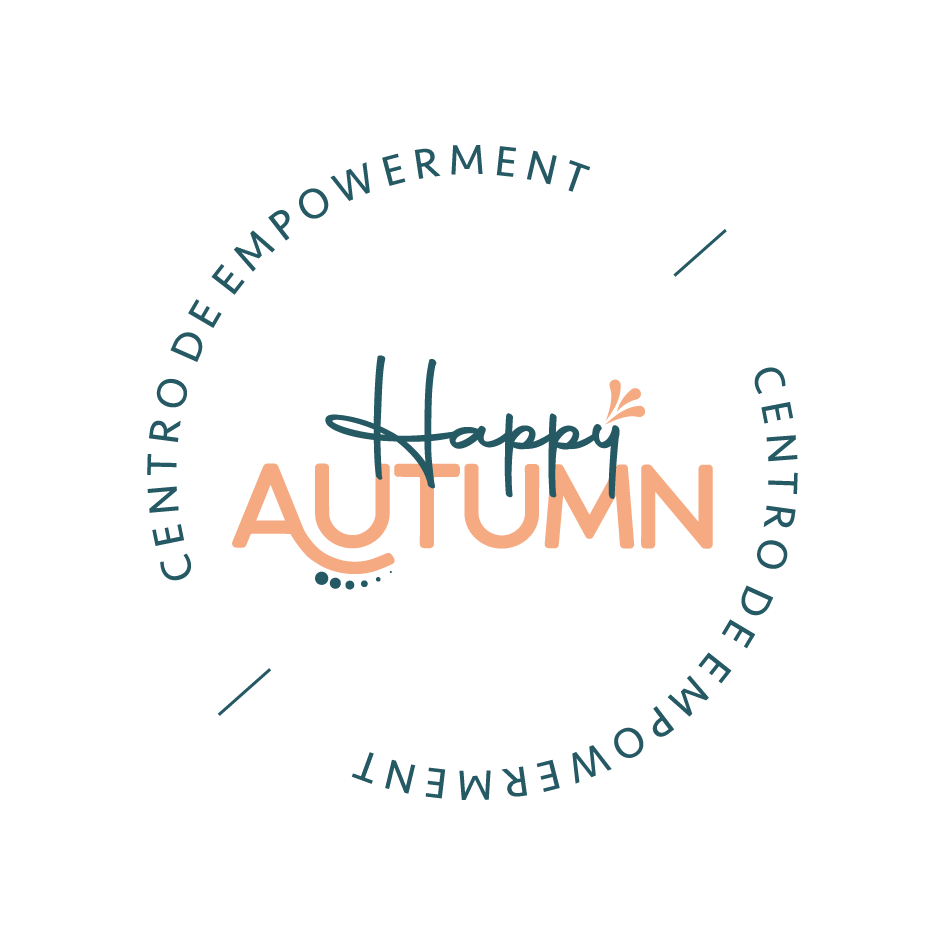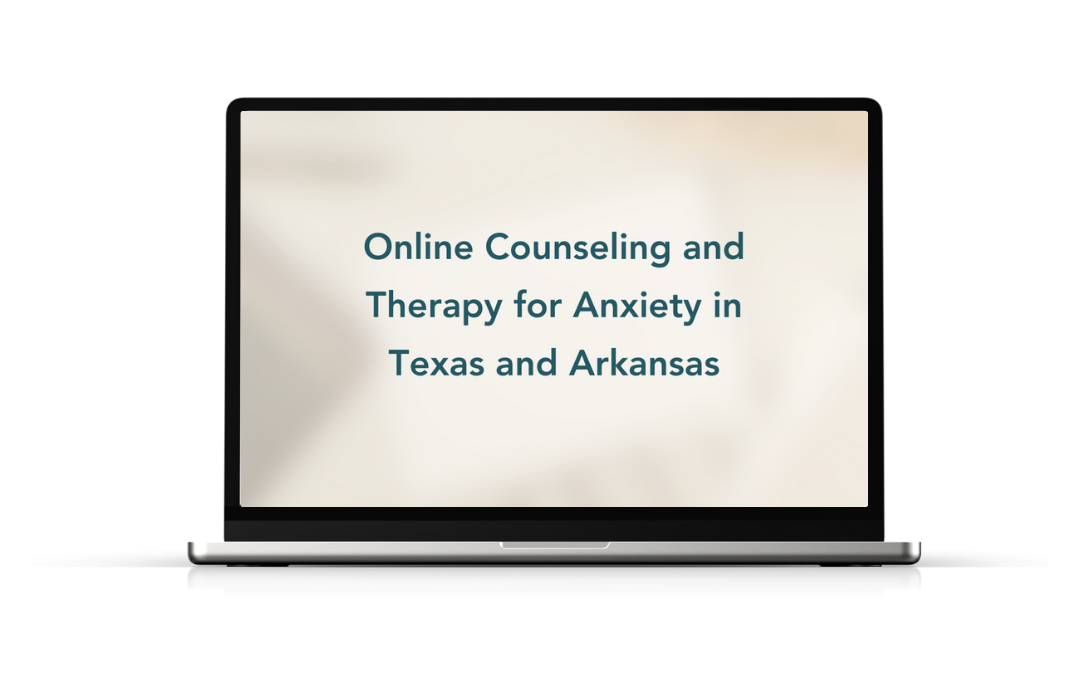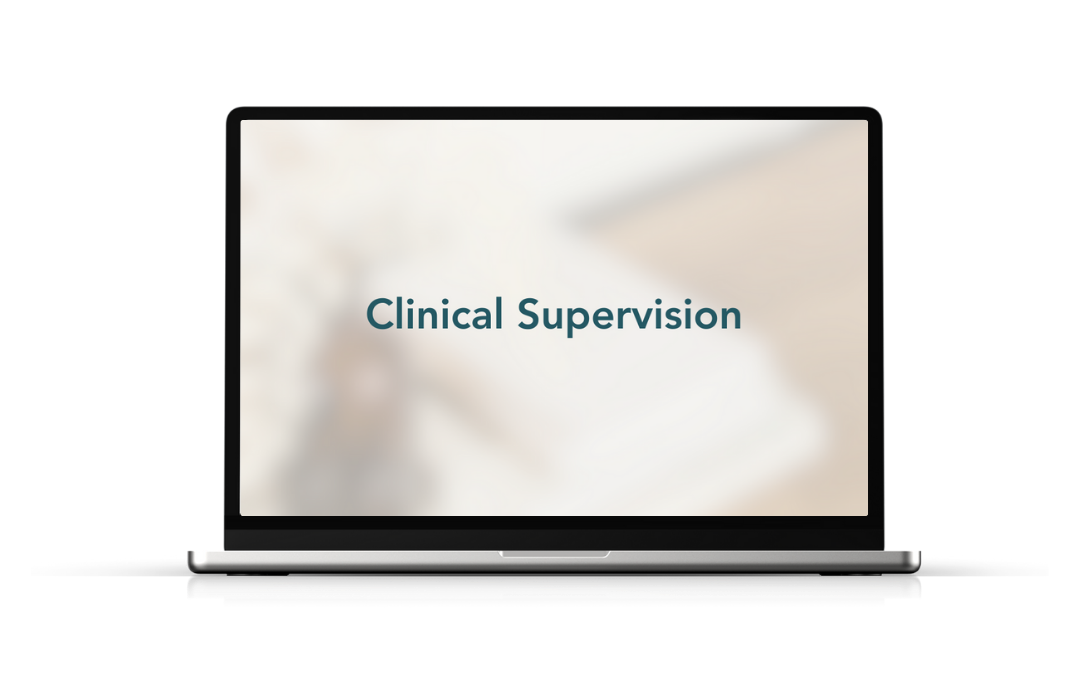Can EMDR help with anxiety? A gentle guide for women who are ready to heal
You’ve tried journaling. You’ve tried deep breaths. You’ve even tried pretending everything’s fine. But the anxiety keeps buzzing in the background—showing up in your chest, your sleep, your thoughts. If you’re here, maybe you’re asking a quiet question: Could EMDR actually help me feel better?
We’ve walked alongside many women—especially first-generation Latinas—who feel stuck in the cycle of anxiety. Our approach is trauma-informed, culturally grounded, and rooted in the belief that healing happens when you feel seen and safe. For some, that healing begins with EMDR therapy in Dallas and across Texas.
In case we haven’t met yet, we’re Happy Autumn Counseling, a bilingual therapy practice supporting women across Texas and Arkansas. We specialize in helping first-generation Latinas and women heal from anxiety, trauma, and OCD through culturally competent, trauma-informed care that’s as compassionate as it is effective.
Can EMDR get rid of anxiety?
Eye Movement Desensitization and Reprocessing (EMDR) is a therapy designed to help people process distressing experiences. While it was originally developed for PTSD, clinical experience and research show it can significantly reduce anxiety symptoms too.
EMDR doesn’t erase anxiety, but it helps your brain stop sounding the alarm over memories, emotions, or beliefs that no longer belong in the present. It targets the root—the unresolved or unprocessed moments that still live in your body and mind.
For women whose anxiety is fueled by past experiences, EMDR often brings a sense of emotional freedom that talk therapy alone might not reach.

How successful is EMDR for anxiety?
Numerous clinical studies—and what we’ve observed firsthand—demonstrate that EMDR can be highly effective for reducing anxiety, especially when that anxiety stems from trauma, long-term stress, or internalized emotional patterns. According to the EMDR International Association, clients often report noticeable improvement in fewer sessions compared to other modalities.
We’ve seen this transformation reflected in the lived experiences of our clients. Many report:
- Sleeping through the night after years of restless or interrupted rest
- Feeling less emotionally reactive to familiar triggers
- Experiencing fewer panic attacks—and when they do arise, navigating them with more ease
- Reconnecting with a grounded sense of self and growing inner confidence
- Making empowered decisions without being held back by fear or avoidance
These aren’t just changes in symptoms—they’re signs of healing from the inside out.

How long does EMDR take to work for anxiety?
It depends on the person and what they’re working through. Some clients notice shifts in just a few sessions. Others, especially those with layered or complex trauma, may need several months of consistent support.
But one of the unique gifts of EMDR is that you don’t have to retell your entire story. You don’t have to relive every painful detail. Your brain does the processing in a structured, supported way.
How many EMDR sessions are needed for anxiety?
Every journey through EMDR is different. How many sessions you’ll need depends on your background, the complexity of your anxiety, and the pace that feels right for you.
Some people begin to feel relief after just a few sessions. Others may need more time—especially if the anxiety is rooted in complex or long-standing trauma.
At Happy Autumn Counseling, we begin with a thorough intake. Then we co-create a plan with you—one that honors your readiness, your nervous system, and your emotional bandwidth. We move intentionally, never rushing your process.
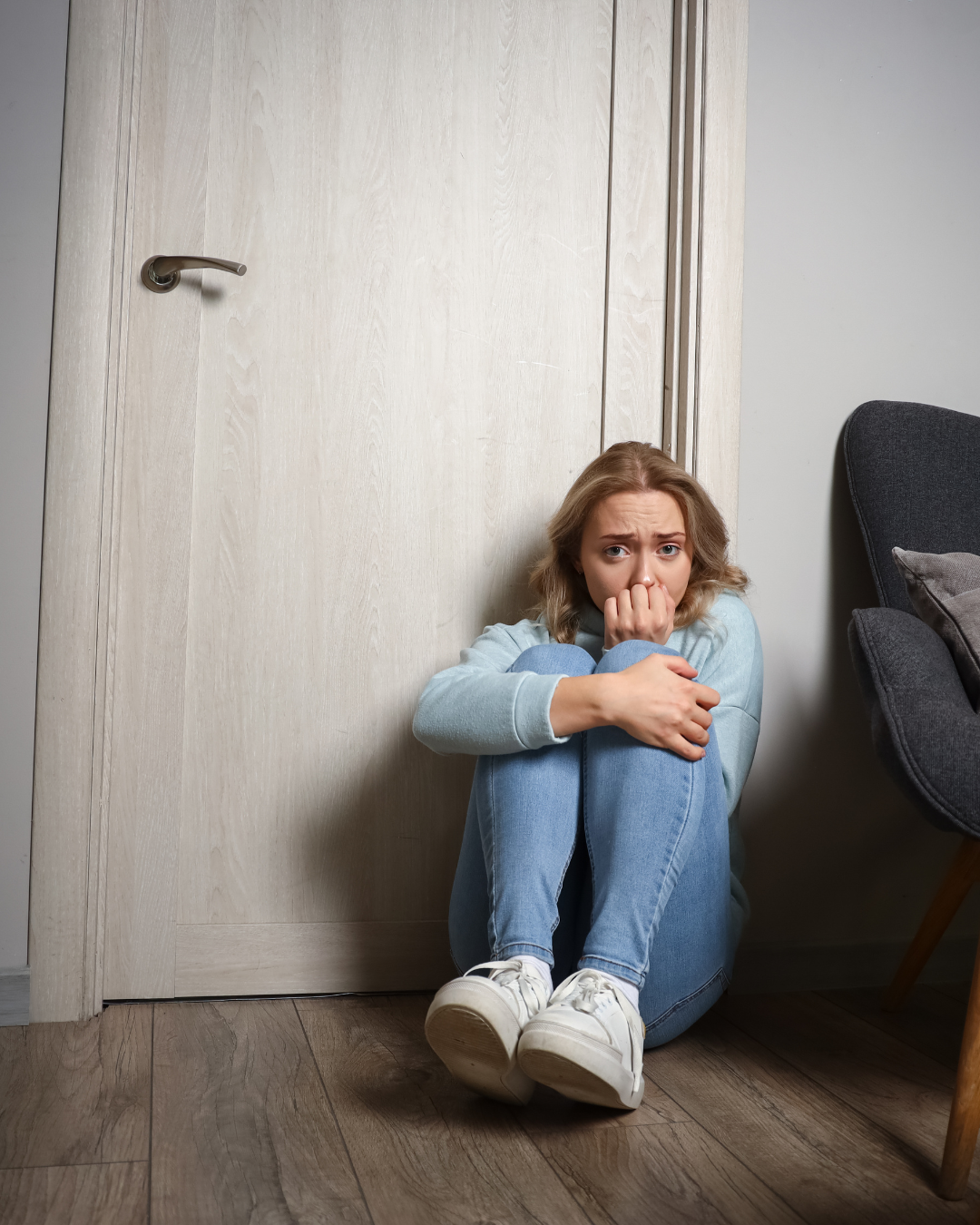
Is it normal to feel more anxious after EMDR?
Yes—and it doesn’t mean something’s wrong.
EMDR stirs what your body has held in for years. Old memories, buried beliefs, and physical sensations may come to the surface. That’s part of the healing.
What matters is that you’re not doing it alone. Our therapists use grounding techniques and pacing strategies so you stay safe and supported. The discomfort is usually temporary—and it often gives way to emotional relief.
What are the stages of EMDR?
EMDR is much more than just following a therapist’s fingers with your eyes. It’s a carefully structured process designed to guide you through healing in a way that feels safe, supportive, and effective. Each of its eight stages plays an essential role in helping your brain and body reprocess distressing experiences that may be contributing to anxiety, fear, or emotional overwhelm.
Here’s what the process typically looks like:
- History taking – This is where we get to know you. Not just your symptoms, but your story, your strengths, and your goals for therapy. We explore your life experiences and identify the specific memories or beliefs that may be fueling your anxiety or distress.
- Preparation – We take our time building trust and teaching you calming techniques, like grounding and visualization. This stage is all about making sure you feel emotionally equipped to begin the deeper work. It’s not rushed—your safety comes first.
- Assessment – Together, we identify the specific memory or belief we’ll target in the session. We look at how it shows up in your thoughts, emotions, and body sensations, so we know exactly what we’re working with.
- Desensitization – This is the heart of EMDR. Using bilateral stimulation (such as eye movements, tapping, or sound), we guide your brain to reprocess the memory. You might notice new insights, emotional shifts, or even physical relief as your nervous system begins to let go of what it’s been holding.
- Installation – Once the distress lessens, we help reinforce a new, more empowering belief—like “I am safe now” or “I can trust myself.” This helps you replace old narratives with ones that support healing and resilience.
- Body scan – Anxiety often lives in the body. During this stage, we check in with physical sensations to release any lingering tension or discomfort tied to the memory. This helps the healing go beyond the mind and into the body.
- Closure – We don’t leave you open or activated. Each session ends with grounding, reflection, and strategies to help you return to your day feeling regulated and supported.
- Re-evaluation – In the following sessions, we check in on what’s shifted, what still needs attention, and how you’re feeling overall. Healing isn’t linear, so we adapt as your process evolves.
Each stage is flexible and collaborative. There’s no “right” timeline—just the one that honors your needs. Some women move through one memory in a few sessions, while others take their time exploring deeper layers. In every case, our goal is the same: to help you feel safe, seen, and steadily more free.

What topics can we talk about in EMDR therapy?
You don’t need a singular traumatic event to benefit from EMDR. Anxiety often grows from many experiences that added up over time. In EMDR, we can explore:
- Childhood trauma or emotional neglect
- Anxiety and panic attacks
- Flashbacks, intrusive thoughts, or nightmares
- Fear-based responses or hypervigilance
- Cultural pressure and intergenerational stress
- Shame, guilt, or internalized self-criticism
We help you make sense of your anxiety in context—not in isolation. It’s not just about "fixing" symptoms. It’s about freeing yourself from what’s been weighing you down.

Take the first step toward feeling like yourself again
If anxiety has been stealing your peace, your sleep, or your sense of self, you don’t have to keep navigating it alone. EMDR therapy can help you release what your body has been holding and finally breathe a little easier.
Our bilingual therapists are here to walk with you—at your pace, on your terms.
Schedule a consultation and let’s explore if
EMDR therapy is the support you’ve been needing.
*AI Disclosure: This content may contain sections generated with AI with the purpose of providing you with condensed helpful and relevant content, however all personal opinions are 100% human made as well as the blog post structure, outline and key takeaways.
*Blog Disclaimer: Please note that reading our blog does not replace any mental health therapy or medical advice.
The content shared on this blog is for informational and educational purposes only and does not constitute therapeutic advice or a substitute for professional mental health services. Reading this blog does not establish a therapist-client relationship. If you are in need of mental health support, please seek help from a licensed professional in your area.

Hello! you
Welcome to Happy Autumn Counseling.
We are a virtual group practice of bilingual therapists passionate about supporting you through life’s challenges. Whether you’re dealing with anxiety, trauma, OCD, substance abuse, or any mental health issue, our goal is to help you regain control, tackle stress, and empower you to thrive.
Grab my free journaling workbook
